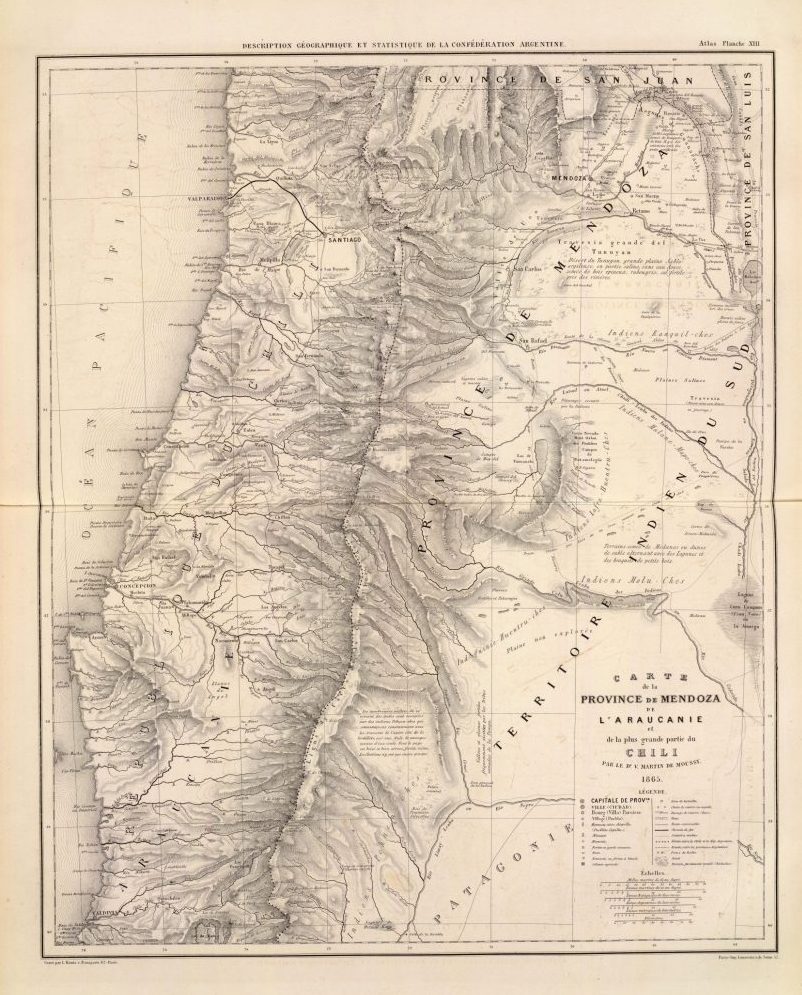ABOUT US
Premium vineyards in Mendoza are at the heart of Orfila wines, and the winery has over a century of family winemaking history in Argentina, with roots in Italian wine that extend even deeper. With its favorable high altitude growing conditions, Mendoza has achieved international acclaim for its wines, and Orfila controls some of the finest vineyards, including sites in Uco Valley, Lujan de Cuyo, and Maipú.
Spanish immigrant José Orfila founded his eponymous winery in 1905 in Mendoza on lands that were once owned by José de San Martin, Argentina’s founding father. In 2010, the Gancia family, accomplished Italian winemakers who had established themselves in Argentina decades earlier, merged their winemaking traditions with the Orfila family when they acquired the winery. The pioneering spirit of the two families remains today, as Orfila continues to offer elegant and refined wines in a style that celebrates European traditions while showcasing the finest fruit character of Mendoza’s vineyards.
Italy meets Argentina in celebrated wine region
In the 1940s, part of the Gancia family emigrated from Italy to Argentina. They came from Piedmont, where they had a long winemaking history, and under the leadership of Camilo Gancia, began planting vineyards in Mendoza. By 1965, the Gancia family had more than 2,500 acres of vineyards in Uco Valley, Lujan de Cuyo, and Maipú.
Accounting for more than 70 percent of the country’s wine production, Mendoza is uniquely situated in the eastern foothills of the Andes Mountains. This far western expanse of Argentina not only has some of the highest altitude vineyards in the world, between 2,000-3,000 feet elevation, but it also enjoys a relatively mild climate with few extreme temperatures. During the summer daytime temperatures can rise to as high as 95-100 degrees Fahrenheit but only drop to just below 60 degrees at night, which is ideal for ripening. Frost is rare, and the amount of rainfall is usually about eight inches a year. Multiple mountain rivers, however, bring water from melted glaciers in the Andes to canals and reservoirs that help sustain viticulture in Mendoza.
The alluvial soil that is abundant in the Mendoza wine region is composed of loose sand over clay and allows for good drainage. Much of the formation of the unique clay-like soil results from multiple riverbeds washing down into the vineyards from the Andes.
Relatively mild weather patterns combined with semi-arid desert terrain create ideal wine growing conditions, giving structure and a natural balance to the grapes, particularly Malbec and Cabernet Sauvignon.
“We try to preserve what the vineyards give us,” explains Orfila winemaker Guillermo Chavero, who credits the ideal and moderate microclimates, soils, and elevation for the distinctive characteristics of Orfila wines.
Even if great wine begins with the finest grapes, there remains an undeniably important role for the winemaker. Guillermo Chavero, whose father was a winery cellarmaster, learned his craft at well-established Mendoza winery Finca Flichman, where he began working in the early 1990s, before joining Orfila in 2011.

Chavero notes that the ideal growing conditions in Mendoza create little need for human intervention. “There is a natural balance of the right amount of stress on the vines, which results in wines with beautiful fruit structure and round tannins,” he explains. That said, he is committed to creating easy to drink wines crafted in the finest European tradition.
Orfila’s wines come from vineyards planted in three distinctive Mendoza growing regions: Uco Valley, Lujan de Cuyo, and Maipú. Among Orfila’s most prized vineyards are La Consulta (Uco Valley – San Carlos), El Cepillo (Uco Valley – San Carlos), and Altamira (Uco Valley – San Carlos). Additional top vineyards are located in Tupungato (Uco Valley), Tunuyan (Uco Valley), Barrancas (Maipú), and Ugarteche (Lujan de Cuyo).
All of the fruit is tasted for ripeness, harvested by hand, and pressed at the winery the same day it is picked. Grapes from each vineyard are fermented separately in stainless steel tanks at controlled temperatures with indigenous yeasts. Most wines are aged in a combination of French and American oak barrels (duration varies depending on the wine). Final blends are created through a careful barrel selection process.
